News

Apr 03, 2019
Guiltinan, Maximova receive the 2019 Kopp International Achievement Award
Mark Guiltinan, professor of plant molecular biology, and Siela Maximova, research professor of plant biotechnology, both in the College of Agricultural Sciences, are the recipients of Penn State's 2019 W. LaMarr Kopp International Achievement Award.
Full Article
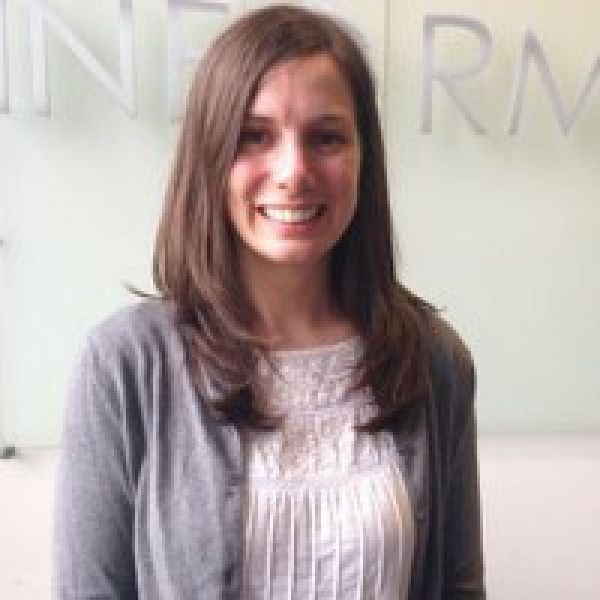
Apr 10, 2019
Hall, Brent to receive Roy C. Buck awards during annual celebration
Two faculty members in Penn State’s College of Agricultural Sciences have been named the recipients of the 2018 Roy C. Buck Faculty Award, which recognizes exceptional articles accepted or published by refereed scholarly journals in the social and human sciences within the past two years.
Full Article

Mar 26, 2019
CBIOS Trainee Hillary Koch Awarded NIH Fellowship
Koch's dissertation proposal, "Statistical Methods for Differential Peak Detection in Hi-C Data," was funded upon its first submission to the National Human Genome Research Institute.
Full Article
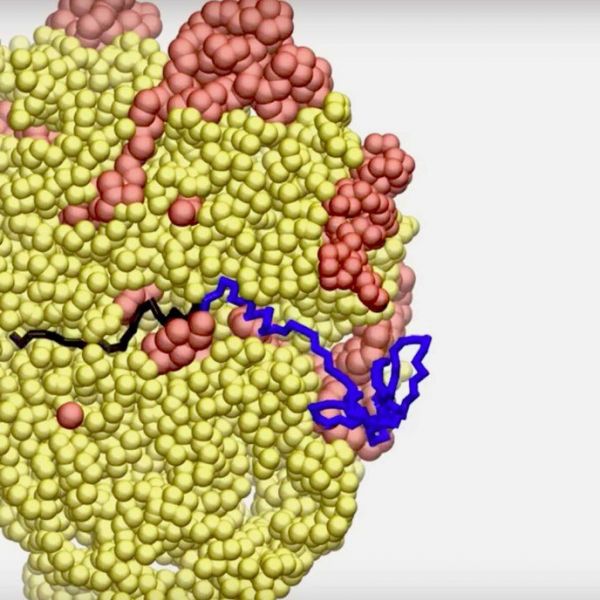
Mar 06, 2019
Researchers find features that shape mechanical force during protein synthesis
Like any assembly line, the body’s protein-building process generates a mechanical force as it produces these important cellular building blocks. Now, a team of researchers suggest they are one step closer to understanding that force. They also built a mathematical model to help guide scientists with future investigations into how the body creates proteins
Full Article
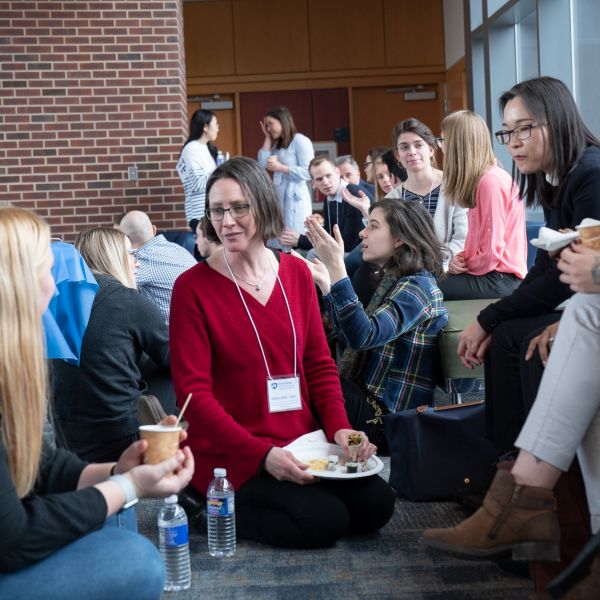
Jan 25, 2019
Prospective Grad Students Get A Taste of Life at Penn State
Students interested in the Bioinformatics and Genomics; Plant Biology; Neuroscience; and Molecular, Cellular, and Integrative Biosciences graduate programs were given a warm welcome on a snowy weekend.
Full Article
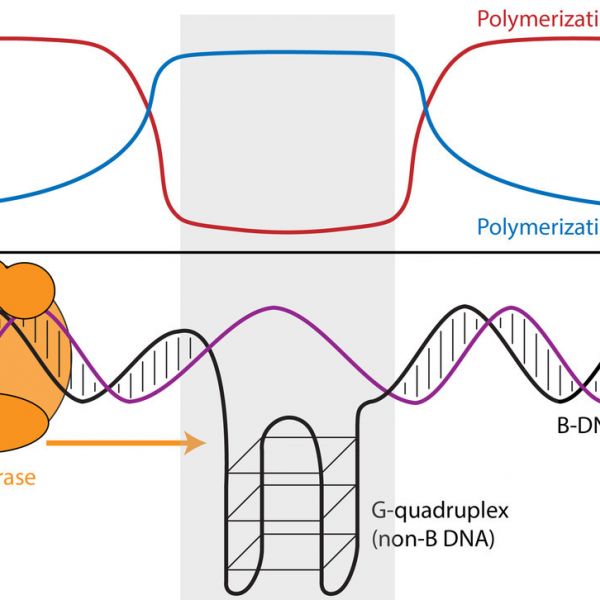
Jan 15, 2019
Differences in genes’ geographic origin influence mitochondrial function
Differences in the geographic origin of genes may affect the function of human mitochondria — energy-generating organelles inside of cells — according to a new study. Mitochondria have their own genome, separate from the nuclear genome contained in the nucleus of the cell, and both genomes harbor genes integral to energy production by mitochondria. The study explores whether these “mito-nuclear” interactions, which are fine-tuned by natural selection over deep evolutionary time, could be altered when genes of different geographic origins are brought together within a genome.
Full Article

Dec 06, 2018
Honavar named Fellow of the American Association for the Advancement of Science
Vasant G. Honavar, professor and Edward Frymoyer Chair of Information Sciences and Technology at Penn State, has been named a Fellow of the American Association for the Advancement of Science (AAAS). He was elected by the AAAS Section on Information, Computing, and Communication for his distinguished contributions to research and leadership in data science.
Full Article

Dec 04, 2018
Training grant supports graduate students studying gene regulation
A new $2.4 million-dollar program to train graduate students in the area of eukaryotic gene regulation (EGR) has been established at Penn State with funding from the National Institutes of General Medical Sciences of the U.S. National Institutes of Health and from Penn State matching support.
Full Article

Nov 28, 2018
BG Student Wins Sloan Foundation Scholarship
Jordan Hughey has added the Alfred P. Sloan Foundation’s Minority Ph.D. award to an impressive list of accolades.
Full Article
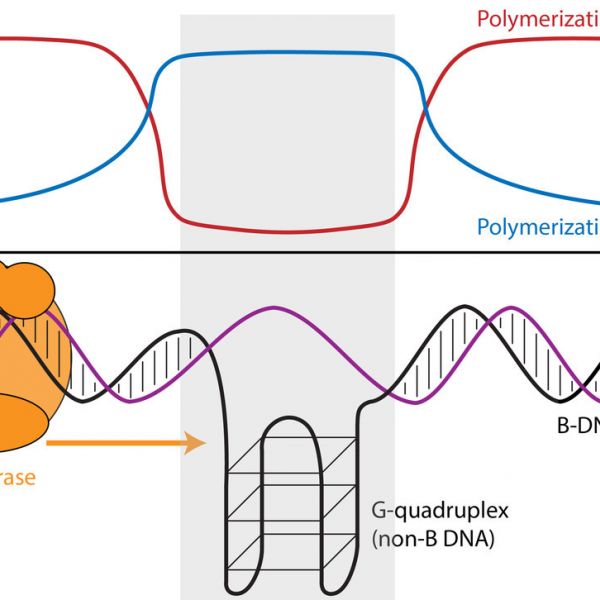
Nov 14, 2018
DNA structure impacts rate and accuracy of DNA synthesis
The speed and error rate of DNA synthesis is influenced by the three-dimensional structure of the DNA. Using “third-generation” genome-wide DNA sequencing data, a team of researchers from Penn State and the Czech Academy of Sciences showed that sequences with the potential to form unusual DNA conformations, which are frequently associated with cancer and neurological diseases, can in fact slow down or speed up the DNA synthesis process and cause more or fewer sequencing errors.
Full Article